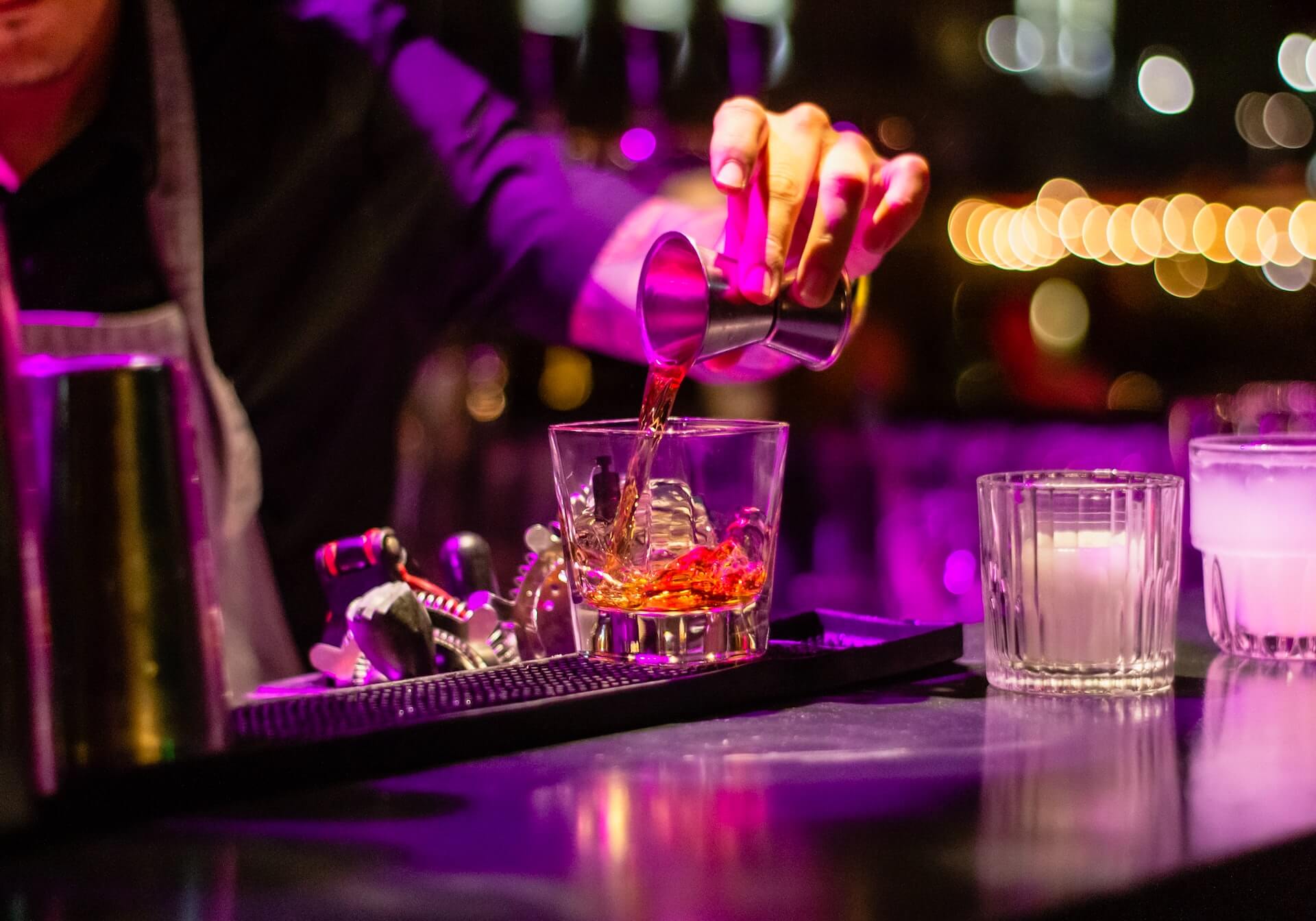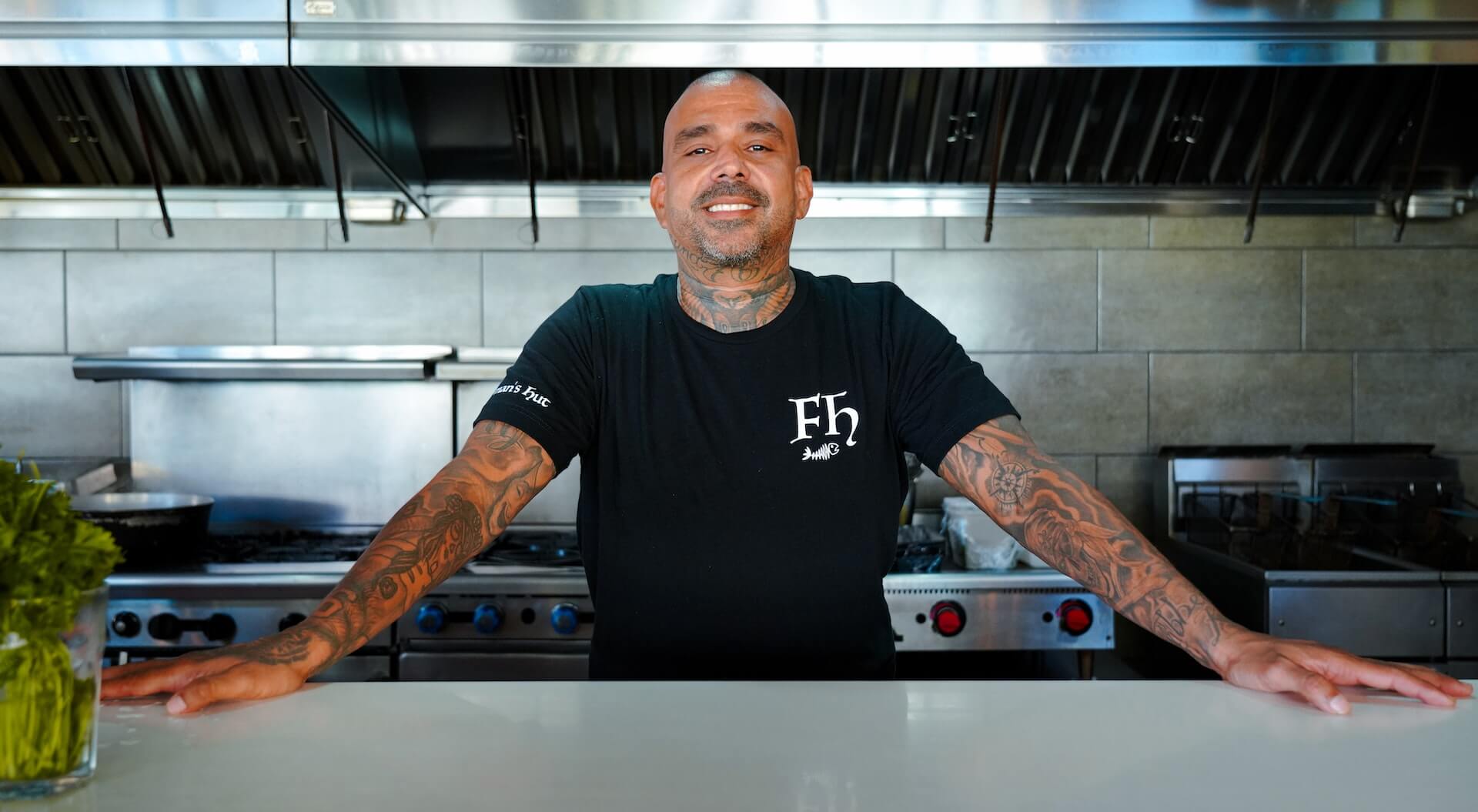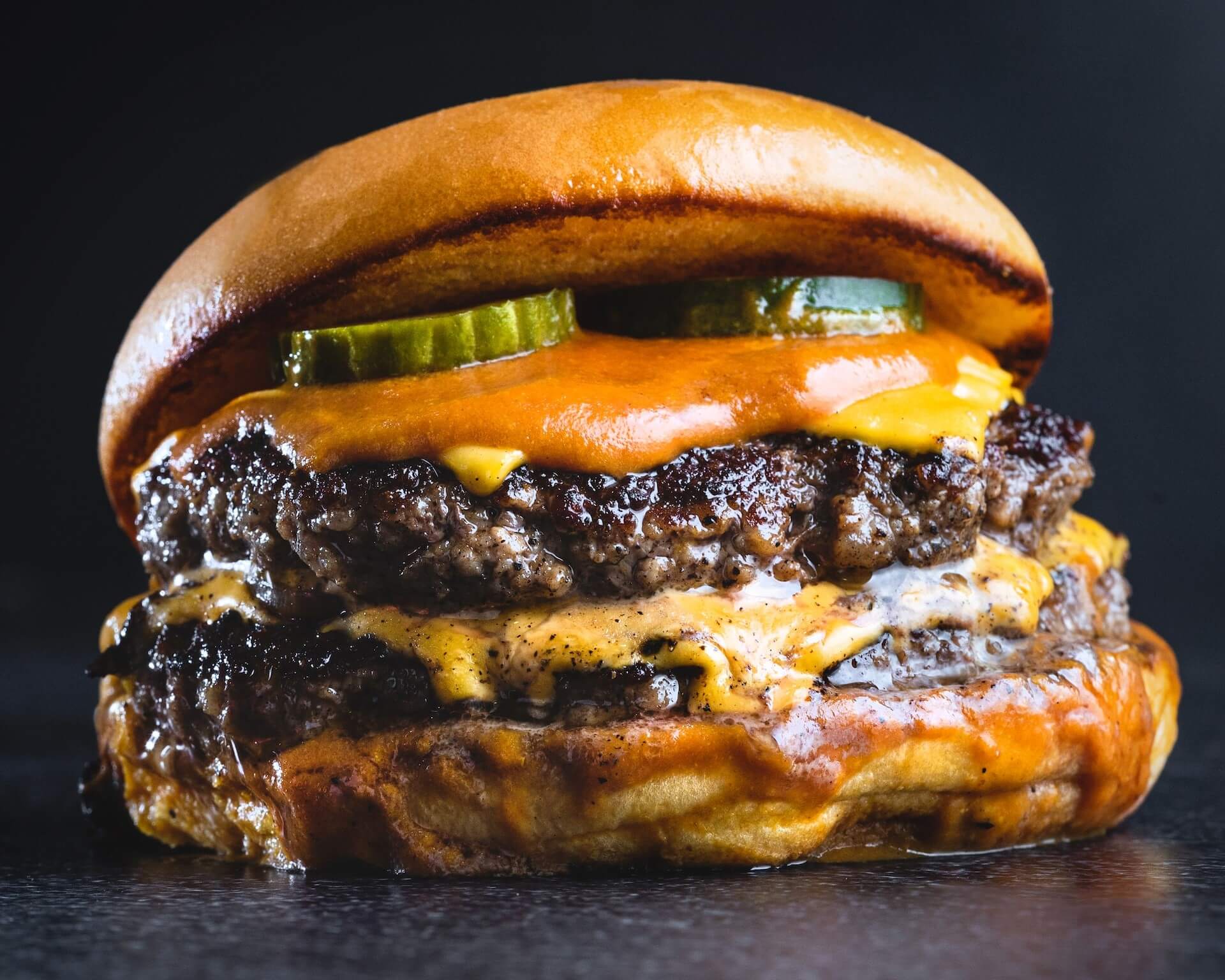2022 World’s 50 Best Bars: 51-100
by David Klemt

As we approach the ceremony to announce the 2022 World’s 50 Best Bars we now know which bars across the globe are on the 51 to 100 list.
It’s crucial to keep in mind that these are 50 of the most impressive bars not just in the US, not just in Canada, and not just in North America. Rather, these are among the absolute best bars in the world.
Of particular note, Singapore continues to prove itself as a dominant cocktail destination. There are eight bars on the 2022 51 to 100 list, and I predict that at least three more from Singapore will appear on the 1 to 50 list.
Also, the UK and Cape Town each claim four spots among the best 51 to 100 bars, and Paris boasts three. Operators, bar professionals, and tourists should keep their eyes on Cape Town as it continues to transform into a cocktail hot spot.
Among the 51 to 100 list, four are from the US and, sadly, none are in Canada. Overall, 15 bars on this list are new entries, as are five of the cities represented.
1 to 50: One Week Away
Of course, this leaves us all with a few important questions.
When will we find out about bars 1 through 50? Which bars are on that list? And which bar will be number one this year?
Well, I can answer one of those questions for you. A week from now, October 4, the World’s 50 Best Bars will announce the top 50 bars in the world during a ceremony in Barcelona, Spain.
To learn more about the World’s 50 Best Bars and this year’s ceremony, listen to Bar Hacks episode 82 with Mark Sansom. Also, make sure you’re following the World’s 50 Best Bars on Twitter and Instagram.
For now, scroll down to check out bars 51 to 100. Congratulations to the bars below!
The World’s 50 Best Bars 2022: 100 to 51
- Sin + Tax (Johannesburg)
- Tesouro (Goa)
- Zapote Bar (Playa del Carmen)
- Tag (Kraków)
- The Dead Rabbit (New York)
- The Bamboo Bar (Bangkok)
- Sweet Liberty (Miami)
- Mace (New York)
- The House of Machines (Cape Town)
- Antique American Bar (Bratislava)
- Republic (Singapore)
- Donovan Bar (London)
- Art of Duplicity (Cape Town)
- Re (Sydney)
- Freni e Frizioni (Rome)
- Danico (Paris)
- Le Syndicat (Paris)
- Bar Goto (New York)
- Indulge Experimental Bistro (Taipei)
- Lost & Found (Nicosia)
- Dead End Paradise (Beirut)
- Vesper (Bangkok)
- Röda Huset (Stockholm)
- The Court (Rome)
- Candelaria (Paris)
- Side Hustle (London)
- Nutmeg & Clove (Singapore)
- Camparino in Galleria (Milan)
- Three Sheets (London)
- Tjoget (Stockholm)
- La Sala de Laura (Bogotá)
- No Sleep Club (Singapore)
- Hero Bar (Nairobi)
- Atlas (Singapore)
- El Barón (Cartagena)
- Analogue (Singapore)
- Brujas (Mexico City)
- The SG Club (Tokyo)
- Tan Tan (São Paulo)
- Presidente (Buenos Aires)
- Caretaker’s Cottage (Melbourne)
- Schofield’s (Manchester)
- Mimi Kakushi (Dubai)
- MO Bar (Singapore)
- Quinary (Hong Kong)
- 28 HongKong Street (Singapore)
- La Factoría (Old San Juan)
- Cause Effect Cocktail Kitchen (Cape Town)
- Barro Negro (Athens)
- Sago House (Singapore)
Image: Louis Hansel on Unsplash









